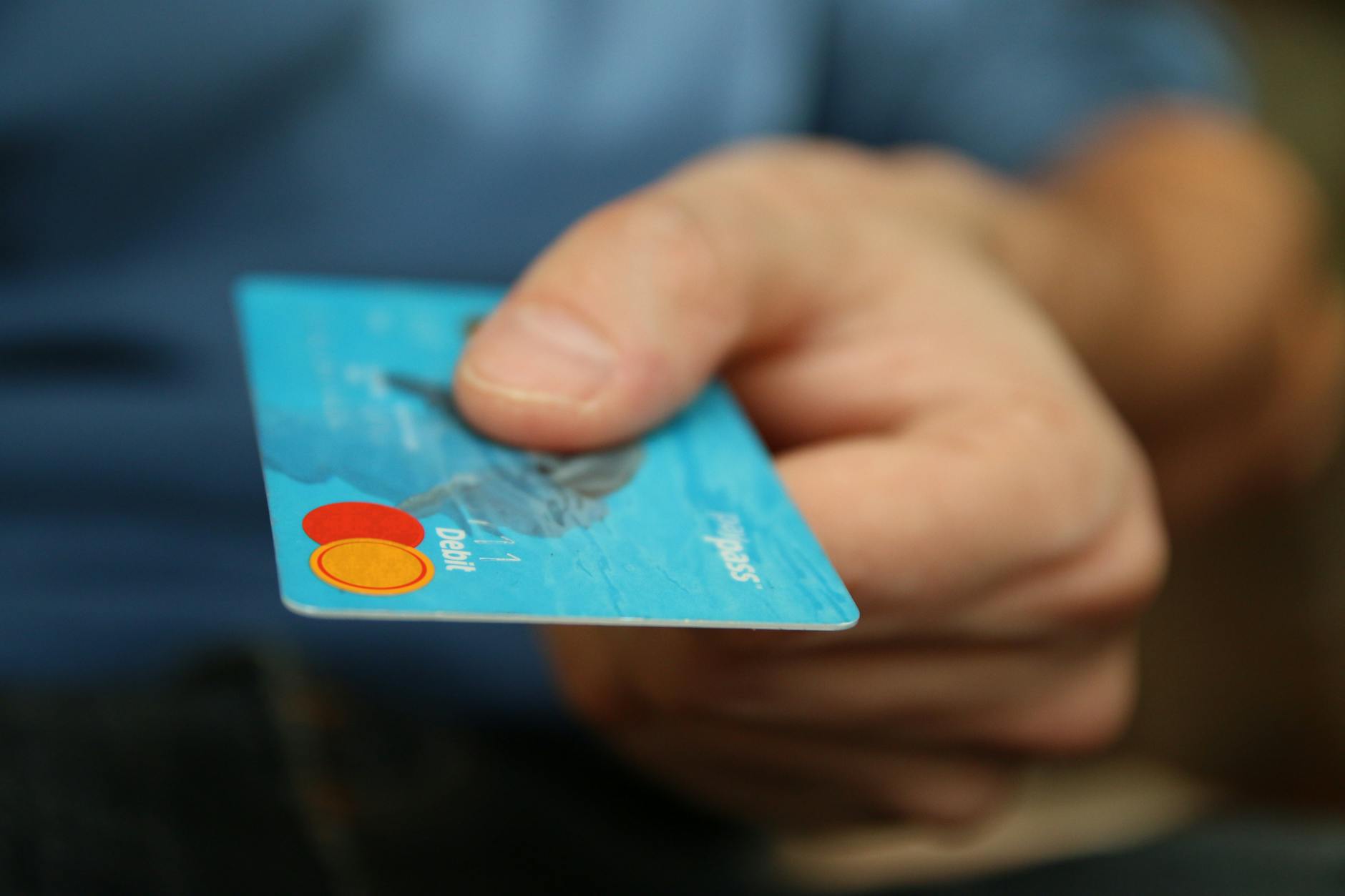In today’s digital age, online shopping has become an integral part of our lives. With the convenience of purchasing goods and services at the click of a button, it’s crucial to prioritize the security of your financial information. Cyber threats and online fraud are on the rise, making it more important than ever to take steps to safeguard your sensitive data. Whether you are a seasoned online shopper or new to the world of e-commerce, implementing these “Must-Have Tips for Safeguarding Financial Information” can help protect you from potential risks and ensure a secure online shopping experience.
Utilize Secure Websites for Transactions
When it comes to online shopping, the first rule of thumb is to always shop on secure websites. Look for the padlock icon in the address bar or check for “https://” at the beginning of the URL to ensure that the website is using encryption to protect your data. Avoid entering your financial information on sites that do not have these security features, as they may be vulnerable to hackers.
Create Strong, Unique Passwords
One of the simplest yet most effective ways to protect your financial information online is by using strong and unique passwords for each of your accounts. Avoid using easily guessable passwords like “123456” or “password” and consider using a password manager to generate and store complex passwords securely. Changing your passwords regularly and enabling two-factor authentication where possible adds an extra layer of security to your online accounts.
Be Wary of Phishing Emails and Scams
Phishing emails are a common method used by cybercriminals to trick individuals into providing their sensitive information. Be cautious of emails that ask you to click on suspicious links, provide personal details, or login to your accounts. Legitimate companies will never ask for your password or financial information via email. If you receive an email that seems suspicious, contact the company directly through their official website or customer service hotline to verify its authenticity.
Monitor Your Accounts Regularly
Regularly monitoring your bank and credit card accounts for any unauthorized transactions or unusual activity is essential for detecting fraudulent charges early on. Set up alerts on your accounts to notify you of any suspicious transactions and report any discrepancies to your financial institution immediately. The sooner you catch fraudulent activity, the faster you can take action to minimize the damage.
Use Secure Payment Methods
When making online purchases, opt for secure payment methods such as credit cards or payment services like PayPal that offer buyer protection. Avoid using debit cards for online transactions, as they do not always provide the same level of protection as credit cards. Additionally, consider using virtual credit cards or one-time use card numbers for added security when shopping on unfamiliar websites.
Keep Your Devices and Software Updated
Keeping your devices, operating systems, and antivirus software up to date is crucial for protecting your information from security vulnerabilities and malware attacks. Regularly installing software updates and security patches ensures that your devices are equipped with the latest security features and protections against cyber threats.
In conclusion, safeguarding your financial information while shopping online is paramount in today’s digital landscape. By following these essential tips, you can enhance your online security posture and enjoy a safe and seamless shopping experience. Remember to stay vigilant, stay informed, and prioritize the protection of your sensitive data whenever you make online transactions. Stay safe and happy shopping!



